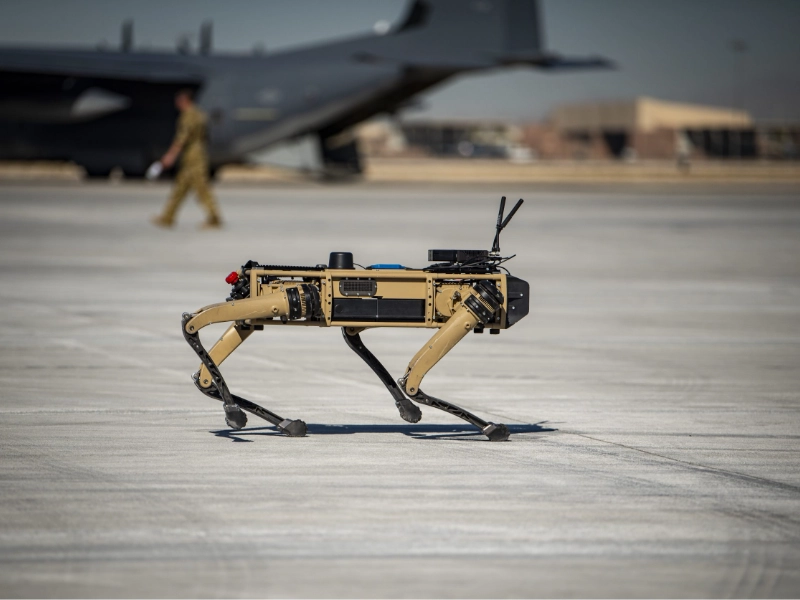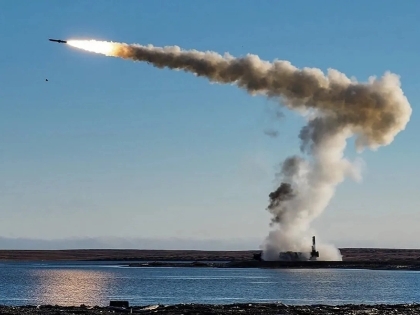Robotic dogs have become transforming tools on contemporary battlefields in the fast shifting terrain of military technology. These complex quadruped robots serve different military activities by combining powerful artificial intelligence, great mobility, and strong capability. Examining the top 12 major robotic canines either in use or under development, this thorough study contrasts their special qualities, strengths, and possible influence on next conflict. Their adaptability and dependability are transforming military operations from logistics support to reconnaissance missions.
1. Ghost Robotics Vision 60

Developed by Ghost Robotics, the Vision 60 is a strong rival in the military robotic dog scene. Extreme settings are where this quadruped robot shines; it can negotiate difficult terrain that would trouble conventional wheeled or tracked vehicles. The Vision 60 gives troops before unheard-of situational awareness with its sophisticated sensor package, which includes LIDAR systems and infrared cameras. The modular architecture of the platform enables rapid payload changes, therefore enabling everything from armament systems to surveillance equipment. For reconnaissance operations, its exceptional endurance of up to three hours of continuous operation and capacity to carry weights up to 10kg make it a great help. The AI-powered autonomous navigation system of the Vision 60 shows remarkable recovery capacity in dynamic warfare conditions by allowing it to keep stability even when pushed or kicked.
Advertisement











